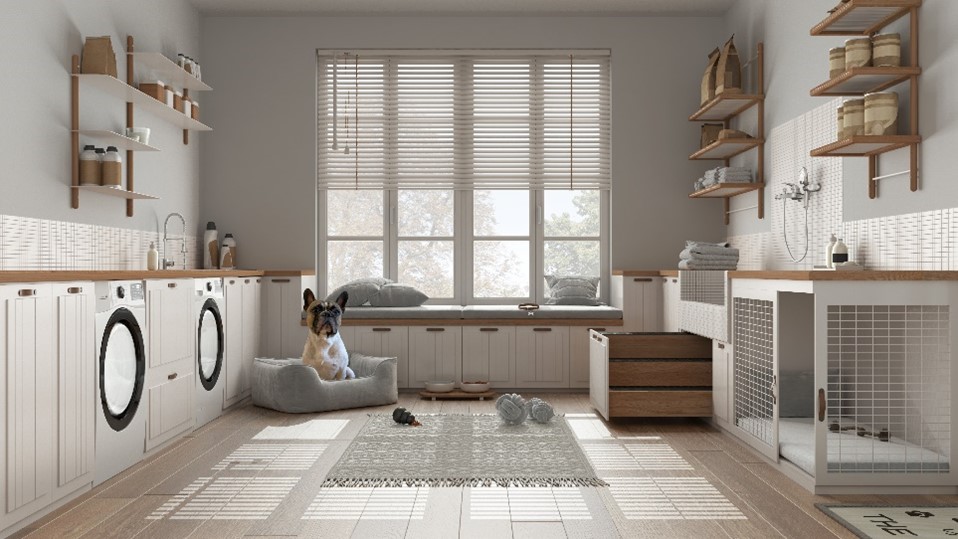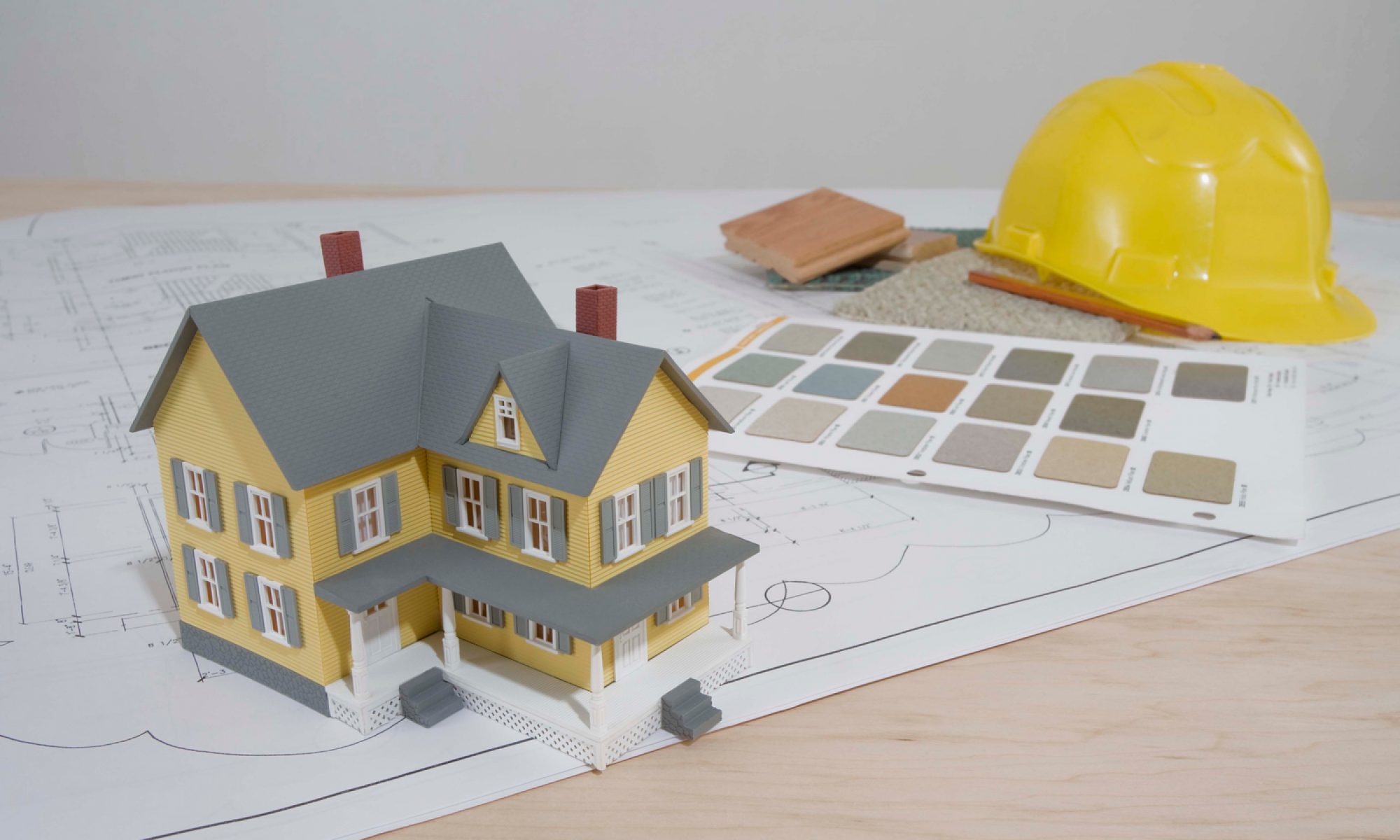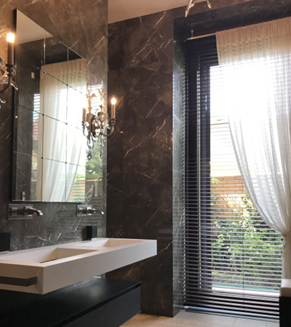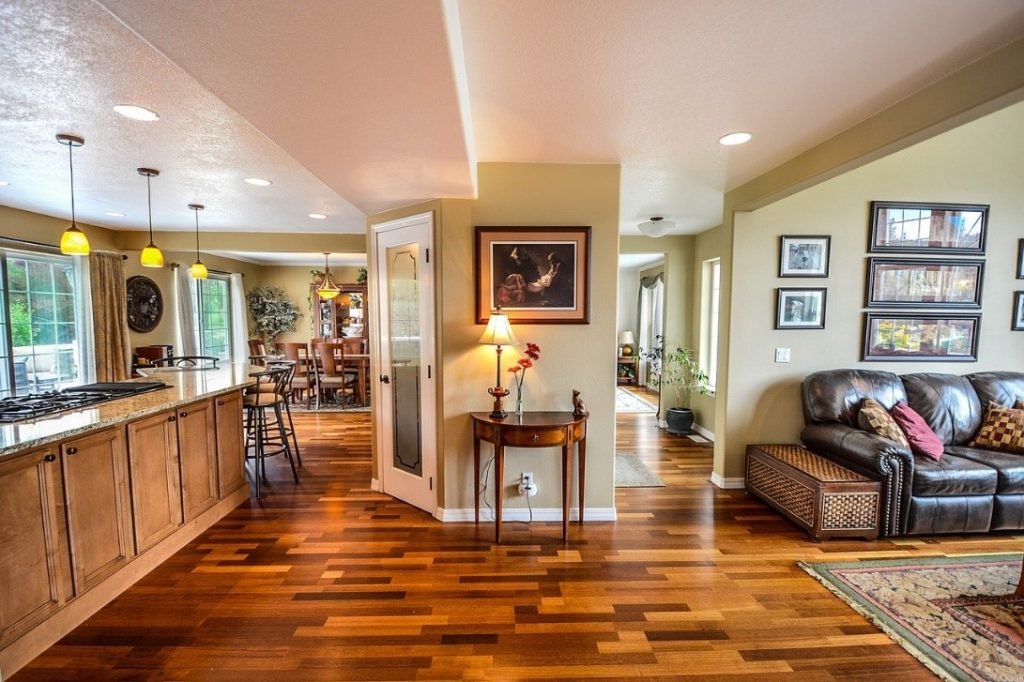
When it comes to home remodeling and renovation, the difference between a good project and an extraordinary one lies in the details. As a homeowner, you deserve a space that not only meets your functional needs but also reflects your personal style and enhances your living experience. This is where expert craftsmanship comes into play.
Why Craftsmanship Matters in Home Remodeling
Craftsmanship is more than just a buzzword—it’s the hallmark of quality and attention to detail. A skilled builder-contractor understands that every aspect of your home, from the structural integrity to the smallest decorative element, contributes to the overall aesthetic and functionality. Here’s why craftsmanship should be at the forefront of your remodeling project:
1. Attention to Detail: True craftsmen pay meticulous attention to every detail, ensuring that all aspects of the project, from framing to finishing touches, are executed to perfection. This level of detail is what transforms a standard remodel into a work of art.
2. Durability and Quality: High-quality craftsmanship ensures that your remodel not only looks beautiful but is built to last. Skilled contractors use superior materials and construction techniques to create spaces that withstand the test of time.
3. Customization: Every home and homeowner is unique. Craftsmanship allows for a level of customization that mass-produced solutions simply can’t match. Whether it’s custom cabinetry, intricate tile work, or bespoke architectural features, a craftsman can bring your vision to life.
4. Value Addition: Investing in quality craftsmanship can significantly increase the value of your home. Potential buyers recognize and appreciate the difference that skilled workmanship makes, which can translate into a higher resale value.
Choosing the Right Builder-Contractor
Selecting the right builder-contractor is crucial to the success of your remodeling project. Here are some tips to help you make an informed decision:
- Experience and Expertise: Look for contractors with a proven track record in home remodeling and renovation. Experience matters, and a contractor with a rich portfolio of completed projects is more likely to deliver excellent results.
- Reputation: Check online reviews, ask for references, and look at past projects to gauge the contractor’s reputation. A good builder will have a history of satisfied clients and successful projects.
- Communication: Effective communication is key to a successful remodeling project. Choose a contractor who listens to your needs, communicates clearly, and keeps you informed throughout the process.
- Craftsmanship Showcase: Ask to see examples of their work. A reputable contractor will be proud to showcase their craftsmanship and provide you with a sense of what you can expect.
Our Commitment to Craftsmanship
At JFC Remodeling, we take pride in our commitment to exceptional craftsmanship. Our team of skilled professionals brings years of experience and a passion for quality to every project. We understand that your home is more than just a building—it’s a reflection of your lifestyle and values.
From the initial consultation to the final walkthrough, we work closely with you to ensure that every detail of your remodel meets your expectations. Our dedication to using the best materials and construction techniques ensures that your renovated space is not only beautiful but also built to last.
Embarking on a home remodeling or renovation project is a significant investment, and you deserve the peace of mind that comes with knowing your project is in capable hands. By choosing a contractor who excels in craftsmanship, you can transform your home into a space that is not only functional and stylish but also a true reflection of your personality and taste.
Ready to start your remodeling journey? Contact us today to learn more about how our expert craftsmanship can bring your vision to life.
JFC Remodeling is committed to providing top-quality home reconstruction services to clients throughout Livingston County. With over 30 years of experience in the industry, our licensed contractors create unique, individualized, and polished renovations. Whether the site requires improvement, repair, or is a new construction, you can trust our experts to deliver remarkable results. Call or email us to learn more.
Written by the digital marketing team at Creative Programs & Systems: www.cpsmi.com




